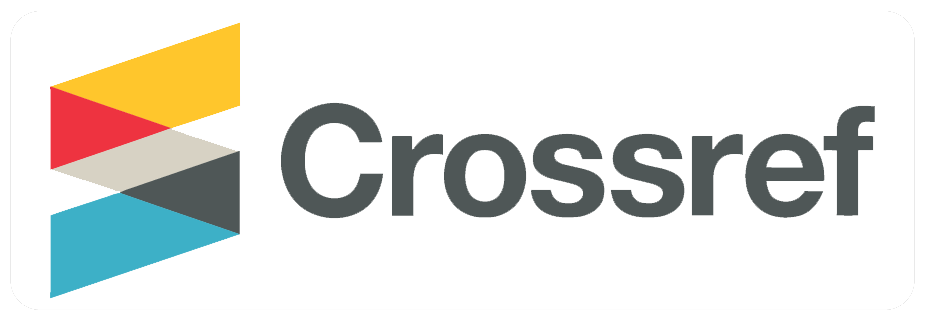Karakteristik Beton Busa Akibat Variasi Foamed dan Subsitusi Fly Ash Terhadap Semen
DOI:
https://doi.org/10.36982/jtg.v9i2.1309Abstract
Foam concrete is a concrete technology that is applied to buildings. The advantage of foam concrete is that it is
lightweight and fast in building work. The use of foamed in foam concrete reduces the density of foam concrete.
Substitution of fly ash for cement can increase the compressive strength of foam concrete. The variations of foamed
used in this study were 30%, 40%, and 50%. The substitution of fly ash for cement in this study was 0%, 5%, and 10%.
In the specific gravity test, the smallest value was 1,156 kg / m3 resulting from a variation of 50% foamed and 0%
substitution of fly ash for cement, while the largest weight was 1,670 kg / m3 resulting from 30% foamed variation and
10 fly ash substitution. % against cement. In the compressive strength test at 28 days of concrete, the highest value was
obtained with a value of 2.573 N / mm2 resulting from 30% variation of foamed and 5% substitution of fly ash for
cement, while the lowest compressive strength was 1.986 N / mm2 resulting from variations of foamed 30 % and 10%
substitution of fly ash for cement. The optimum composition of foam concrete in this study was found in a mixture with
40% foamed variation and 5% fly ash substitution for cement with a value of 2,312 N / mm2 and a specific gravity of
1438 kg / m3. The optimum use of fly ash is obtained at a substitution percentage of 5% for cement. Foam concrete
using styrofoam and polypropylene fibers is good for non-structural elements in buildings such as wall panels.
Keywords: Light weight concrete, foamed concrete, fly ash
References
American Concrete Institute. Use of fly ash in Concrete. ACI 232.2R-96. ACI Committee 232. Farmington Hills, U.S.A. 2002
ASTM, Annual Books of ASTM Standards. 1991. Concretes And Aggregates, Vol.04.02 Construction, Philadelphia-USA: ASTM,1991.
ASTM Standar. 2004. ASTM C 150 150 – 04 Standart Specification For Portland Cement, ASTM International, West Conshohocken.
Badan Standarisasi Nasional. 2000. SNI 03-2834-2000. Tata Cara Pembuatan Rencana Campuran Beton Normal. ICS. Bandung.
Hamad, Ali J., (2014) "Material, Production, Properties and Application of Aerated Lightweight Concrete: Review". International Journal of Material Sciences and Engineering.
Hamad, Ali J., (2014) "Material, Production, Properties and Application of Aerated Lightweight Concrete: Review". International Journal of Material Sciences and Engineering.
Hachinal, Mahebubali., Jambhale, Nikhil., & Kulkarni, S. Kishor (2015). “Effect of Fly Ash as a Replacement of Sand on Glass Fibre Foam Concreteâ€. International Journal of Engineering Research & Technology (IJERT)
Hazlin, A. R., Iman, Afif., Mohamad N., Goh, W. I., Sia, L. M., Samad, A. A. A., & Ali, Noorwirdawati (2017). “Microstucture and Tensile Streght of Foamed Concrete with Added Polypropylene Fibersâ€. Matec Web of Conferences.
Siram, Krishna Bhavani. K, Raj, Arjun. K. (2013). “Concret + Green = Foam Concreteâ€. International Journal of Civil Engineering and Technology.









